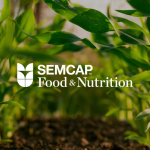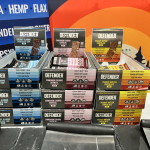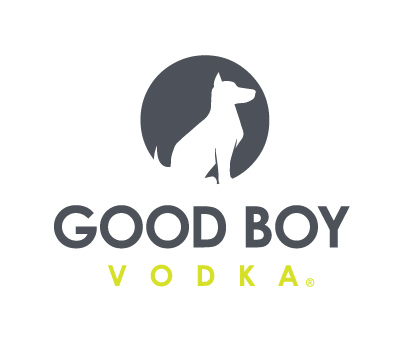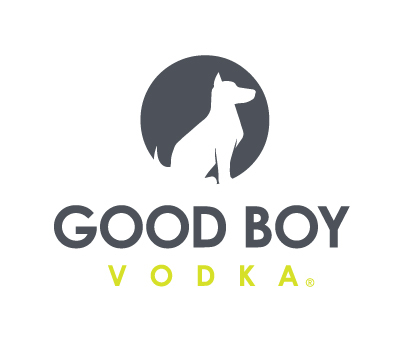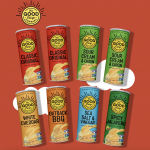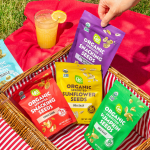FARE Calls for Universal Labels on Allergen Products

After the Food and Drug Administration (FDA) last month released temporary guidance to allow companies to make “minor” ingredient substitutions without labeling changes, consumers with allergies began questioning whether their favorite food products would remain safe to consume. Since then, advocacy organization Food Allergy Research and Education (FARE) and other industry groups have advocated on behalf of consumers for greater transparency, part of its ongoing support for a universal label to identify products with allergens.
The FDA guidance, published May 22, allows food manufacturers to change ingredients without updating their respective product labels. The goal is to prevent supply chain disruptions while the COVID-19 pandemic remains a ‘public health emergency,’ according to the Department of Health and Human Services (HHS.) To protect consumers with food allergies, the FDA stated that swaps cannot involve the top eight allergens or “priority allergens” including sesame, celery, lupin, buckwheat and molluscan shellfish, as well as glutamates and sulfites. Additionally, foods that claim a standard of identity, such as chocolate and many dairy products, cannot change ingredients.
The FDA’s recent guidance was published after the Food and Beverage Issue Alliance (FBIA), a coalition of industry organizations, asked the FDA for it in March. In a May 28 statement, the FBIA noted that the food industry “remains extremely sensitive to allergens and other ingredient-related concerns and is committed to utilizing the flexibility given by FDA only in rare situations.” In a similar effort to secure supply chains, the FDA in March loosened labeling guidelines for rerouting foodservice items into retail.
The guidance proved confusing for consumers with food allergies, who rely on transparency and trust to keep themselves and their families safe; as of press time, the guidance has received nearly 3,000 comments. FARE sent a letter to the FDA in late May asking for an “immediate revision” and has since had “multiple meetings” with the agency, FARE CEO Lisa Gable said in a recent video. To-date, that request has not been answered, and the guidance remains in effect for the remainder of the pandemic.
In response to questions, the FDA last week published a FAQ on the guidance in which the agency addressed the issue of food allergies and restated that it “strongly encourages” manufacturers to update their labels or use alternative options like updating their websites and on in-store displays.
After discussions with the FDA, Gable noted that the guidance should only impact certain ingredients shipped internationally to the U.S., such as spices, food coloring and cleaning products. FARE also met with over 30 of the largest food and beverage companies in the U.S., all of which said they were unlikely to swap ingredients, noting they would be more likely to simply remove an ingredient and not replace it if it became unavailable. If a change happens the brands have pledged to update FARE as well as consumers via their websites, social media, online shopping alerts,and other company announcements as well as add a sticker to labels.
Still, consumers, especially ones who suffer from food allergies, want clearer answers — and perhaps wield enough spending power to push for a change in policies.
New research released today by FARE and the National Confectioners Association (NCA) found 25% of U.S. consumers (about 85 million) spend $19 billion each year on products free from the top nine food allergens — about 5% more than the average consumer spends on food monthly.
The research is part of FARE’s three-part Food Allergy Consumer Journey Study, which over two years studied shopping behaviors of consumers with allergies. As a result of these insights, the study concluded that a better labeling system is needed for allergic shoppers. Currently, there’s no universal image or symbol to show a product is allergen-free, and 71% of allergic consumers spend three to five minutes reading each label on foods they buy, according to the research. A universal label would greatly help, FARE noted, and large companies have an opportunity to lead the way.
“Taking time to fully understand the food allergy consumer has shown us that there is a simple and cost-effective solution,” said Dr. Ruchi Gupta, FARE’s medical advisor for public health and education. “If companies create a standardized labeling structure for the top nine allergens, those with food allergies will be able to confidently choose more safe food options for their families.”
During a webinar on food safety last week, Joseph Scimeca, SVP of regulatory and scientific affairs at the International Dairy Foods Association (IDFA), said that an ingredient shortage would likely impact the entire supply chain rather than a single product.
“It would affect many products and many different categories of products,” he said. “It would be a pretty broad event. Transparency and communication would be a lot easier to get to the consumer when it’s a broad event.”
Additionally, Scimeca said an ingredient swap of any size means reevaluating a company’s food safety plan. With that in mind, along with the FDA’s “strict guardrails” around allergens, Dr. Donna Garren, EVP of science and policy at the American Frozen Food Institute (AFFI), said during the webinar that “considerable thought” is needed before companies alter ingredients.
“It is all about transparency — you’ve got to ensure trust and transparency; otherwise people will avoid those foods,” she said.
Moving forward, brands should utilize smart labels to provide comprehensive ingredient information, as well as have ample information available via their websites, social channels and company phone lines, said Debra Miller, SVP of scientific and regulatory affairs for National Confectioners Association (NCA.)
“Smart labels are one of the fastest ways companies can communicate changes especially in this uncertain time,” Miller said.
